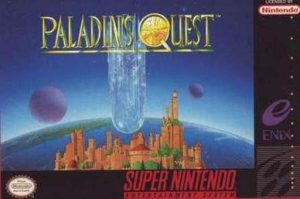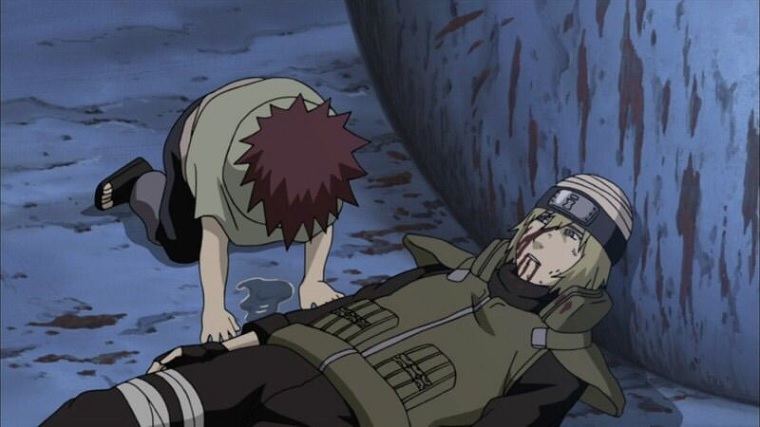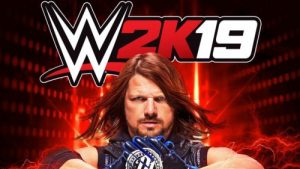(AfroGamers.com) When most think old school RPGs, its usually titles like Final Fantasy VII and Final Fantasy VIII, titles from PlayStation-N64-Dreamcast era. Then you have Final Fantasy VI, Dragon Quest III, Chrono Trigger, and Front Mission—stuff from the generations prior. Its really all about what generation you played in or if you got around to playing the older titles.
Paladin’s Quest is a title from that SNES-Genesis era, the one before the first PlayStation. This is an old title. You can look at it and tell. Its so old, its pre-Mode 7, the graphical technology that made Chrono Trigger and Final Fantasy VI look so good in the 1990s. Paladin’s Quest or Lennus always had a soft spot in my heart. There were elements in the game that few RPGs—and even more revered RPGs—didn’t have at the time. As a matter of fact, the only title that did some similar was Dragon Quest III from the late 1980s. Let’s dive into this cult classic of a title.
Paladin’s Quest
The storyline to Paladin’s Quest isn’t the most original of RPGs, I mean this was game was released in 1992 and by that time Square and Enix—who published the title in the U.S—had basically done all you could story-wise with JRPGs. The fantasy element was getting pretty old and while Enix would stick with it, Square would turn more towards sci-fantasy and science fiction with Final Fantasy VI and Front Mission.
That didn’t stop Copya System from going the fantasy route. The main character, a young magician, messes with a machine that is either containing an ancient evil or preventing it from getting out of control. At any rate, he takes a dare from a friend and now evil is unchecked in the world. How unfortunate. As you may have guessed, now the main character has to defeat it while also dealing with the main villain Zaygos. Not much effort put into the name but never mind that.
Combat System
This mechanic didn’t really bring anything new to the table for RPGs or even JRPGs. It worked the same as any JRPG except for the first person view which was snagged from Dragon Quest. Of course, if you’re going to snag something this essential to a game either go big or find something that failed miserably and make it yours. Copya System went big, obviously.
What I do like is that using magic requires some of the caster’s HP (health points). This basically ties magical power in with the character’s life force. Think of it as Dragon Ball characters using ki. If they break out their big attacks—the signature ki blasts—it uses some of their spiritual energy. Using blasts too often will leave that fighter exhausted. Goku can use the Kamehameha with the Kaioken time whatever level and might not be exhausted until he uses the Spirit Bomb.
The same principle applies in Paladin’s Quest. Since RPGs require some strategy because you don’t want to keep bombing enemies with magic. While that can eat into the enemy’s HP, the random encounters can really pile up and enemies get ridiculously strong after awhile.
Your Party
This is something I loved about Paladin’s Quest because it reminded me of Dragon Quest III. While you need two main characters in your party, you can hire mercenaries at a local tavern. It doesn’t seem like a major thing and you might actually enjoy having main, storyline-specific characters but something about a long quest where along the way you might have to hire help just seems right to me.
Verdict
Paladin’s Quest got some love in Japan but overseas was a different story. If you love or even like RPGs, you might find it a worth your time for difficulty’s sake. Like I said, this wasn’t the most groundbreaking game out there but it is a challenging play through. Unfortunately, that’s because its not the most balanced game and it doesn’t really reward you for sticking with it.
RATING: 5.5 out of 10 (It’s A’ight)
Staff Writer; M. Swift
This talented writer is also a podcast host, and comic book fan who loves all things old school. One may also find him on Twitter at; metalswift.

















1 Comment